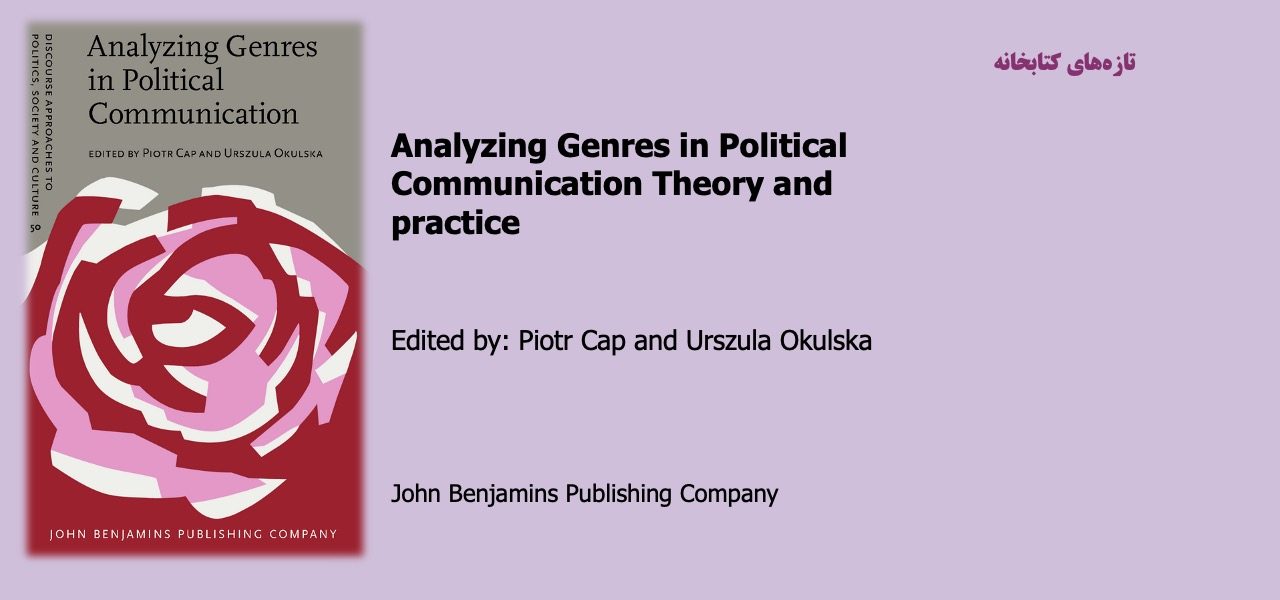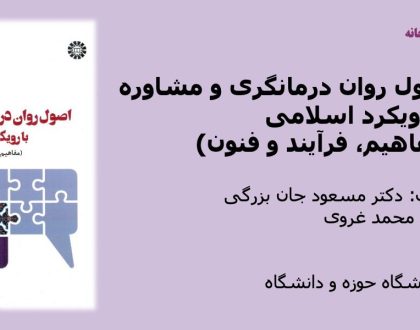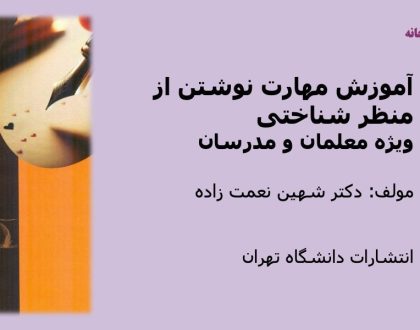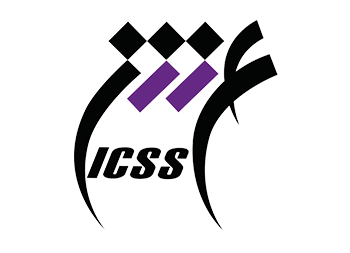Analyzing Genres in Political Communication Theory and practice

The concept of genre in linguistics has been addressed within several disciplines and empirical fields. The most notable contributions come, apparently, from Systemic Functional Linguistics (e.g. Halliday and Hasan 1989; Halliday and Martin 1993; Eggins and Martin 1997; Martin and Rose 2008), (new) rhetorical studies (e.g. Bazerman 1988; Freedman and Medway 1994), applied linguistics (e.g. Swales 1981, 1990; Bhatia 1993), discourse community studies (e.g. Barton 1994; Bex 1996), linguistic pragmatics (e.g. Levinson 1992), and Critical Discourse Analysis (e.g. Fairclough 1993, 1995; Chouliaraki and Fairclough 1999; Wodak and Meyer 2009). Arising from these disciplines is a rather intuitive notion of genre, a common sense (e.g. Gruber and Muntigl 2005) that discourse involves conventional use of stable utterance groups which follow recognizable patterns that suit the accomplishment of certain social goals.
Notwithstanding this consensus, the theoretical diffusion of work on genres has caused a great many questions to remain unanswered. To mention but a few – what components or stages do the utterance patterns comprise? What is their order and how does it change across different discourse domains? What are the conventional characteristics that typify a given genre and how much categorial fuzziness can be allowed in genre classifications? And finally, speaking of genre typologies, whose recognition counts the most in identifying a genre – the communicator’ or the analyst’s?
مطالب مرتبط

اصول روان درمانگری و مشاوره با رویکرد اسلامی (مفاهیم، فرآیند و فنون)
۲۶ / بهمن / ۱۴۰۳

آموزش مهارت نوشتن از منظر شناختی
۲۶ / بهمن / ۱۴۰۳


